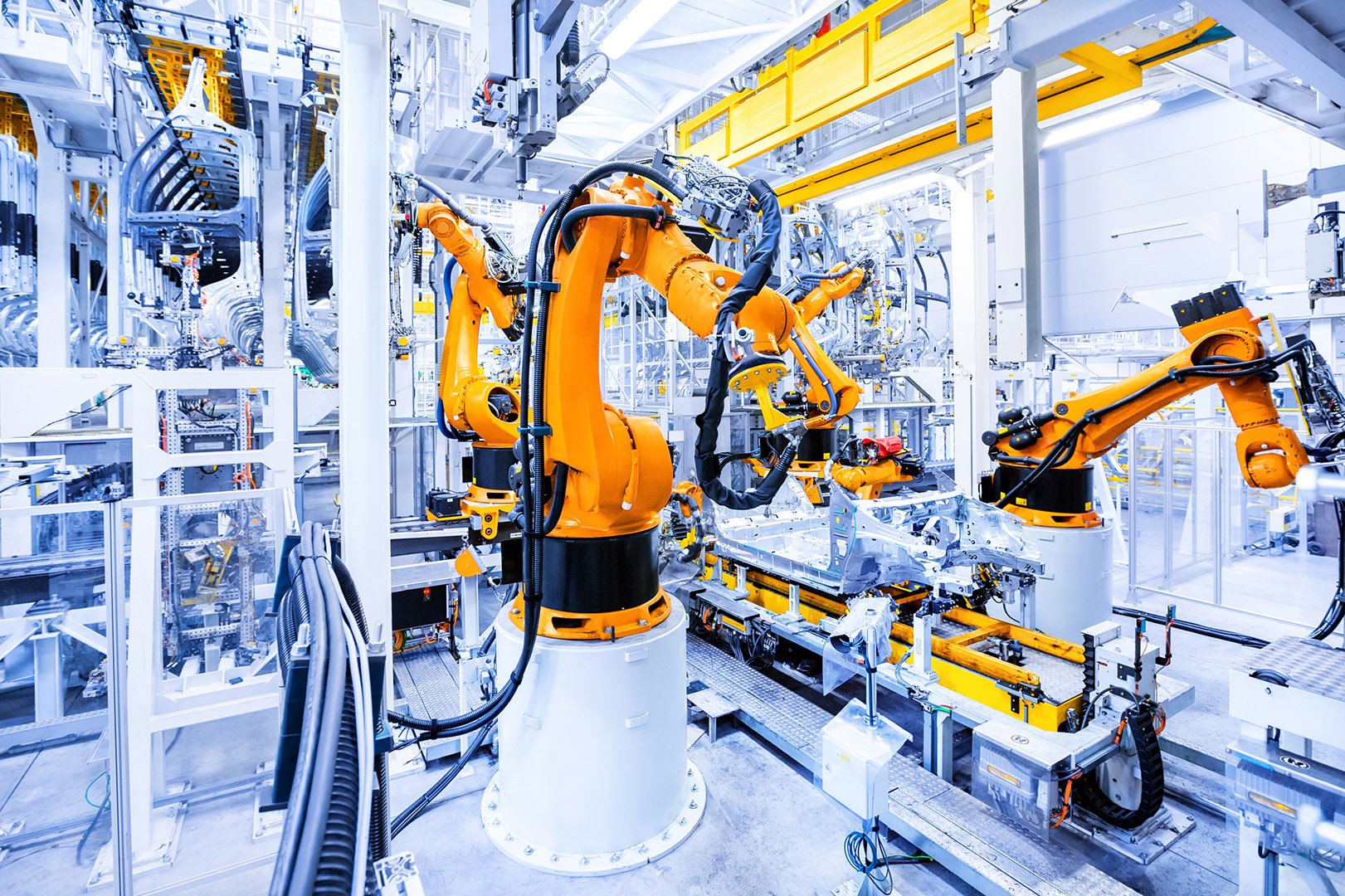Sustainability | July 31, 2024
7 Business Drivers for Retail Facilities Sustainability
As more businesses commit to sustainable business practices, whether through pledges to their customers or a desire to comply with an ever-increasing number of state, local, and federal regulations, retail organizations are some of the strongest advocates for their adoption—and for good reason. The practical business cases for incorporating sustainability are well-documented and numerous.
Nearly every major facet of the retail industry, from retail banks to supermarkets, realizes the positive impact that incorporating sustainability into their facilities management strategy can have on their operations budgets and brand perception.
In this article, we’ll explore the top 7 leading factors for why retail organizations are implementing sustainability initiatives in each layer of their businesses (and why yours should too.) But these drivers are only part of the whole picture…
If you’d like to get ALL the details and tons of context and considerations, check out the full white paper here.
Read on, though, for some practical insights.
1) Greater budget certainty
Embracing the future with energy-efficient systems is a proactive and strategic move for retailers. It’s about minimizing unexpected capital and operational expenses by replacing legacy equipment with smart, energy-efficient systems. By monitoring energy usage and developing an asset inventory, retailers can identify less-efficient facilities and prioritize necessary upgrades. With an integrated building automation system (BAS) and remote monitoring capabilities, facility leaders can pinpoint equipment that needs replacement, providing a clear view of all operations.
2) Stronger profitability
In the retail sector, every bit of savings counts. Strategic energy procurement and equipment upgrades can significantly reduce energy costs, strengthening profitability. An ENERGY STAR analysis has shown that a 10% decrease in energy use could boost net operating income by an additional 1.5%. This clearly demonstrates how energy efficiency can positively impact the bottom line.
3) Operational continuity
Staying ahead of potential operational issues and climate-related risks is crucial for retail spaces. Efficient building management systems provide the visibility and predictive maintenance opportunities needed to identify possible failures before they happen. This proactive approach helps avoid major disruptions like forced facility closures and lost inventory, ultimately keeping doors open and business running smoothly.
4) Improved customer experience
A comfortable shopping environment is key to a positive customer experience. Practical sustainability measures like building envelope improvements and upgraded heating and cooling systems ensure comfort for occupants. Moreover, practices like daylighting save energy and enhance the shopping experience. Studies have shown that daylighting can yield 40% more sales than comparable retail stores without it. It’s a win-win for both retailers and customers.
5) Competitive (dis)advantage
There was a time when sustainability features were a unique selling point that justified a “green premium”. However, customers' expectations have shifted as more retailers enhance their sustainability efforts. Now, retailers who fail to keep up face a “brown discount,” a penalty for not meeting the sustainability standards set by their peers. It’s a competitive disadvantage that can impact both reputation and bottom line.
6) Risk mitigation and regulatory compliance
The rise of emissions-based building performance standards presents a growing risk for retailers lagging in sustainability. Larger stores, particularly those over 25,000 square feet, are subject to new U.S. SEC climate disclosure rules. These rules require disclosure of physical risks, such as potential wildfire or flood damage, transition risks related to adapting to a low-carbon economy, and in some cases, greenhouse gas emissions. Staying ahead of these regulations is crucial.
7) Enhanced (sustainable) brand reputation
Sustainability in retail goes beyond the products on the shelves. It encompasses the entire retail experience, including the facilities themselves. Recent market research from the Baker Retailing Center at the University of Pennsylvania’s Wharton School and McKinsey & Company confirms that retail executives often underestimate consumers' value on sustainability. In fact, 75% of Millennials and Gen Z rank sustainability above brand names in their purchasing decisions. A strong sustainability posture enhances brand reputation.
Looking ahead
Facilities sustainability is no longer just for a few early adopters. Becoming sustainable is a bona fide enhancement to any business, and retail facilities are ripe for opportunities to unlock efficiencies.
There’s more to the story, however.
Click here to download our full white paper, which covers all the details of this complex topic right now.
Related Posts
Discover more content and insights from Mantis Innovation

The Cost of Inaction: Why Businesses Should Act Now on Energy Efficiency
In today's fast-paced business environment, the financial and operational losses businesses incur by delaying energy efficiency improvements, the "cost of inaction," is more relevant than ever.

Carbon Credits Explained: A Primer for Achieving Your ESG Goals
In the race to achieve net-zero emissions, carbon credits have become a crucial tool for companies with hard-to-abate emissions. As of 2024, almost half of the Fortune 500 companies have net zero

Five Trends Driving Data Center Facility Energy Optimization
Today’s digital economy, commercial and industrial digitalization, and the recent explosion in artificial intelligence and machine learning (AI/ML) powered computing are driving massive growth in

Modernizing Manufacturing Facilities: Practical Steps for Better Performance
In today's competitive manufacturing landscape, staying ahead requires more than maintaining the status quo. Modernizing facilities and operations is essential for improving efficiency, performance,